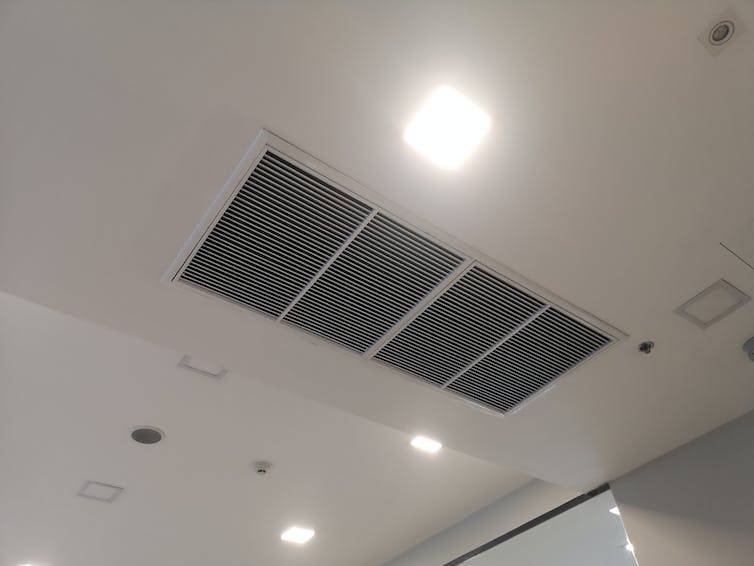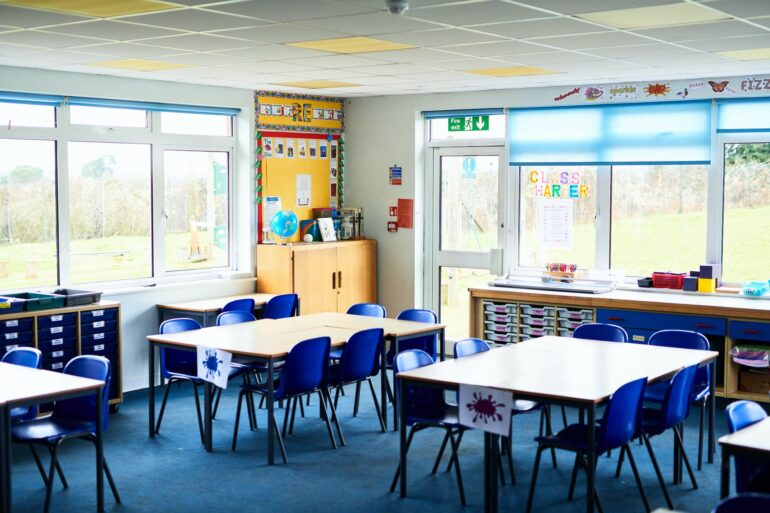Parents send their children to school to learn, and they don’t want to worry about whether the air is clean, whether there are insect problems or whether the school’s cleaning supplies could cause an asthma attack.
But a research collaborative, of which I’m a member, has found that schools might not be ready to protect students from environmental contaminants.
I’m an extension specialist focused on pest management. I’m working with a cross-disciplinary team to improve compliance with environmental health standards, and we’ve found that schools across the nation need updates in order to meet minimum code requirements.
Everything from a school’s air and water quality to the safety of the pesticides and cleaning chemicals used there determine the safety of the learning environment. Environmental health standards can help a school community ensure each potential hazard is accounted for.
Air, water and food quality
So, what aspects of the school environment and student health need attention? For one, the air students and teachers breathe every day.
Understanding and controlling common pollutants indoors can improve the indoor air quality and reduce the risk of health concerns. Even small things like dust and dander, dead insects and artificial scents used to cover up smells like mold and mildew can trigger asthma and allergies.
Improving ventilation, as well as a school’s air flow and filtration, can help protect building occupants from respiratory infections and maintain a healthy indoor environment. Ventilation systems bring fresh, outdoor air into rooms, filter or disinfect the air in the room and improve how often air flows in and out of a room.
Upgrading ventilation in school buildings can improve air quality and reduce potential contaminants, including viral particles, in indoor spaces.

Proper ventilation in schools can reduce pathogen spread and common allergy triggers.
Penpak Ngamsathain/Moment
It may seem like maintaining proper food safety and drinking-water quality would be common practices. But many schools do have some level of lead contamination in their food and water.
In 1991, the U.S. Environmental Protection Agency published a regulation, known as the lead and copper rule, to minimize lead and copper in drinking water. The EPA’s 2021 revised lead and copper rule aims to reduce the risks of childhood lead exposure by focusing on schools and child care facilities and conducting outreach.
But in December 2022, a team of scientists published a report on lead and copper levels in drinking water, and they found evidence that lead is still showing up in drinking water in Massachusetts schools. No amount of lead is safe to have in the water.
To combat contamination and ensure safe food and water, the Food and Drug Administration overhauled the Food Safety Modernization Act in 2016. This act has transformed the nation’s food safety system by shifting the…



